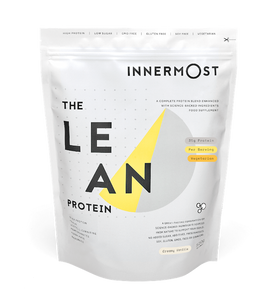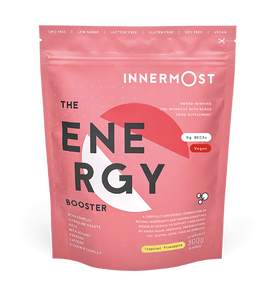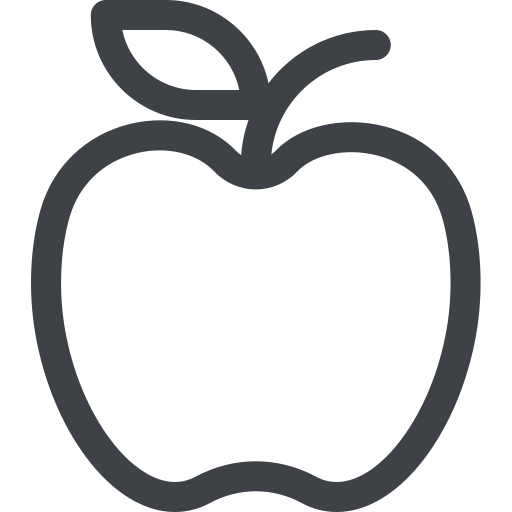Have you ever heard the saying that you should bend, not break? It’s not only a good adage to apply to life in general, but an excellent mentality for the importance of stretching in your fitness regime. It might not give you the rush of crossing a half marathon finish line or bench pressing your bodyweight, but it’s incredibly important for maintaining and improving mobility, reducing pain and tightness and ensuring your workouts are safe and efficient.
While you might think that skipping your warm up stretch won’t do any harm and means you’ll get to the most exciting part of your workout faster, neglecting flexibility can have serious effects in the long term. Tight muscles can strain joints, and as we age muscles become shorter and less elastic. Not performing those all important warm up stretches could impact your ability to do the sports you love.
With that in mind, we’ve curated a selection of exercises for flexibility that will help to increase your range of movement in the easiest possible way. For extra help, The Recover Capsules are a great addition to your stretching routine to support muscle recovery and reduce inflammation, so you’ll soon be on your way to being supple and strong.
Standing hamstring stretch
There’s a reason this move is so popular. It stretches your legs, hamstrings, back and neck, and all you have to do is bend forward.
- Stand relaxed with your arms by your sides and your feet hip width apart
- Bend forward from the hips, lowering your head towards the floor while keeping your shoulders relaxed
- If you can touch the floor or your toes, do so. Otherwise, hold the backs of your legs and hold for 30 seconds to two minutes before slowly rolling upright once more
Figure four stretch
This stretch is done lying down, so no excuses for not doing it. It stretches your hips, glutes and lower back in a gentle way that’s great if you have knee or back pain.
- Lie on your back with your knees bent and feet on the floor
- Cross your right foot over your left thigh and lift your left leg off the floor
- Hold onto the back of your left thigh and gently pull both legs into your chest until you feel a stretch, then hold
- Hold for 30 seconds to two minutes then release and repeat on the other side
Frog stretch
If you’re guilty of crossing your legs while sitting on a chair (who isn’t?), this leg stretch can help to relieve tight hips and lower back pain. It stretches the hips and inner thighs.
- Start out on all fours and position your knees so they’re wider than shoulder width
- Turn out your toes and position the inner edges of your feet flat against the floor
- Shifting your hips back, move towards your heels and if possible, move from your hands to your forearms for a deeper stretch
- Release after holding from 45 seconds to two minutes
Butterfly stretch
This stretch for your legs is great at opening up your hips and can help improve posture. It increases flexibility in the hips, thighs, glutes and back.
- Sit with the soles of your feet pressed together, knees bent out to the side and back straight
- While holding onto your feet, slowly lower your top half towards your feet while pressing your knees toward the floor
- Hold this position for 30 seconds to two minutes before slowly rising back up
Sphinx pose
If you work at a desk and spend your days hunched over a screen, sphinx pose can help to relieve tension in your lower back. This position stretches your chest, shoulders and back.
- Lie on your front with your legs pointing straight out behind you
- Place your elbows under your shoulders and your forearms on the floor, then lift your chest up and gently arch your back
- Press the lower half of your body into the floor, engage your abs and relax your shoulders while holding the position
- Hold the stretch for 45 seconds to two minutes, stopping if you feel any discomfort
Lunge with spinal twist
This stretch works multiple areas of your body and is helpful for posture-related aches and pains. It works your hip flexors, back and quads.
- Standing with your feet together, then take a large step forwards with your right foot
- Bend your right knee and drop forward into a lunge, keeping your left leg directly behind you with your toes on the ground
- Placing your left hand on the floor, twist your upper body to the right and raise your right arm towards the sky
- Hold for 45 seconds to two minutes, then repeat on the other side
Triceps stretch
Stretching your arms is important to increase upper body strength. This exercise increases flexibility in your triceps, shoulders, back and neck.
- Extend your arms straight over your head
- Bending your right elbow, reach your right hand down to touch the upper middle of your back
- Grasp just below your right elbow with your left hand and pull your right elbow gently towards your head
- Hold for 30 seconds to two minutes, then repeat on the opposite side
Seated shoulder squeeze
If you experience shoulder or back pain, this stretch shouldn’t be skipped. It can help to relieve back tension and stretches out your arms, back and shoulders.
- With your arms extended straight out behind you, clasp your hands together
- Gently pull your shoulder blades together and extend your arms out
- Squeeze in this position for three to five seconds before releasing. Do this five to 10 times
Knee to chest stretch
This satisfying exercise increases flexibility and releases pain and tension in your lower back and hips, as well as stretching your hamstrings.
- Lie on your back with both legs extended flat on the floor
- Pull your right knee close into your chest, keeping the left leg straight and your lower back pressed down into the floor
- Hold this position for 30 seconds to two minutes, then repeat on the other side



















